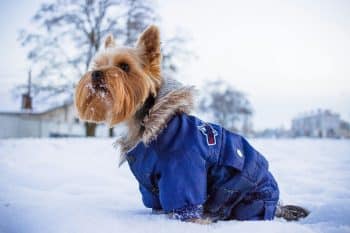
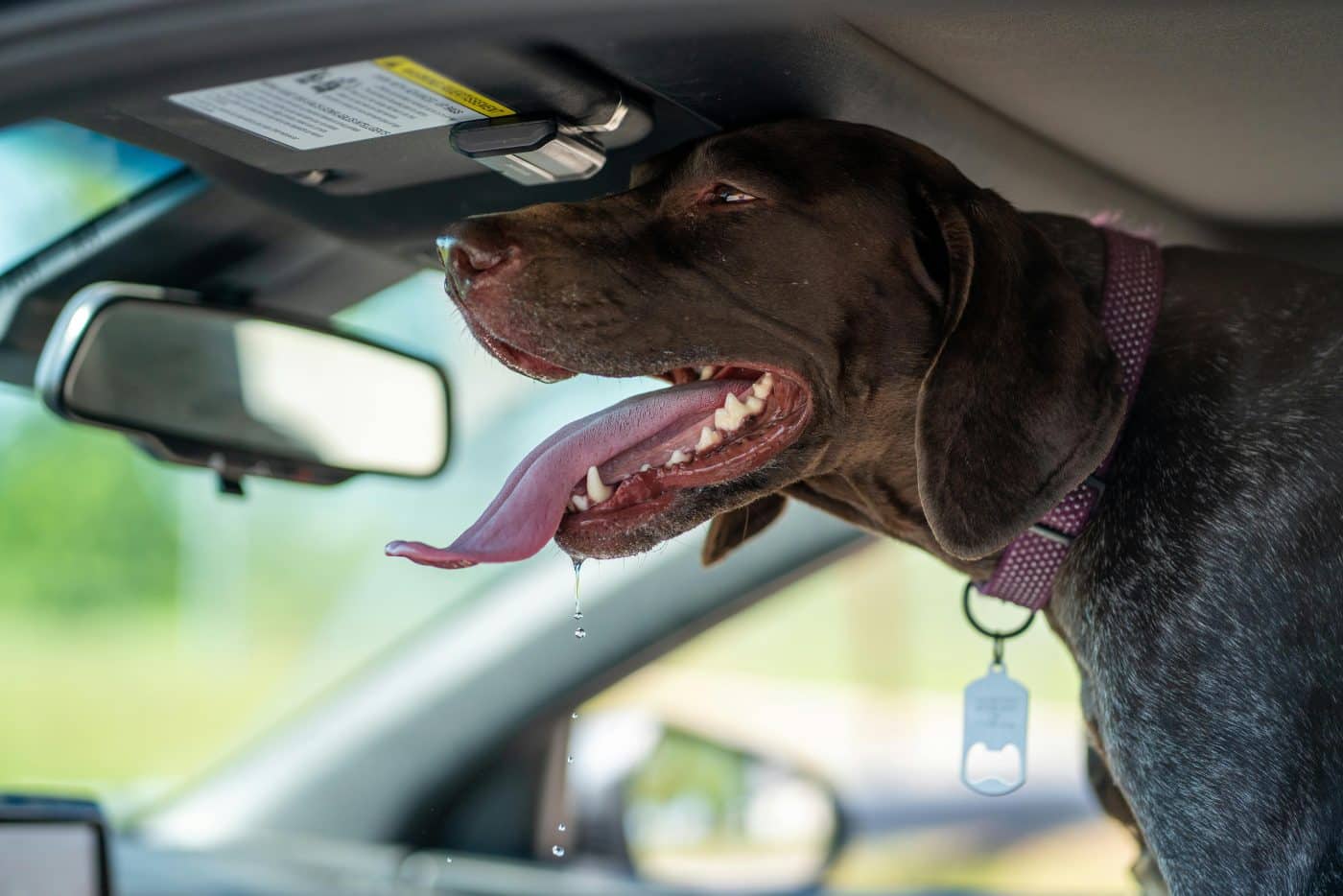
As winter approaches, it’s crucial to keep our furry friends warm and comfortable. Just like humans, dogs feel the chill, especially smaller breeds, short-haired pups, puppies, and seniors. While some breeds handle the cold naturally, many others need extra care to stay cozy. Keeping your dog warm isn’t only about stopping shivers; it’s about protecting their health, comfort, and well-being throughout the chilly months. With a little preparation, you can ensure your dog stays safe, warm, and happy all winter long.
Invest in a Quality Dog Jacket
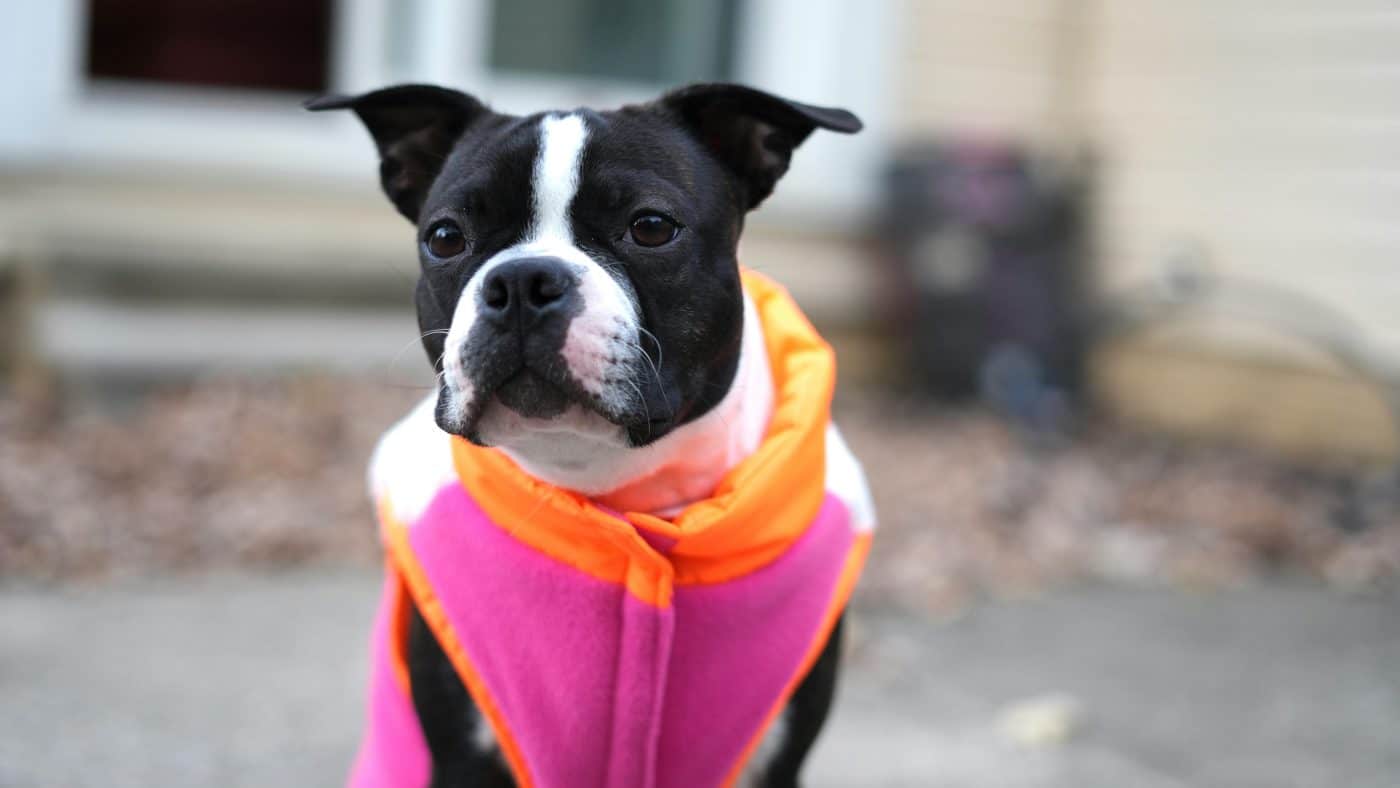
A dog jacket can make a world of difference, especially for breeds with short coats or minimal body fat. Look for jackets that are water-resistant and insulated to help protect your dog from the elements. A good jacket should cover the back and chest without restricting movement. Just like we layer up for the cold, many dogs benefit from this extra insulation, especially when temperatures drop. For dogs that love outdoor adventures, a sturdy jacket ensures they can continue to enjoy their time outside without being exposed to biting winds or cold rain.
Provide Cozy Bedding
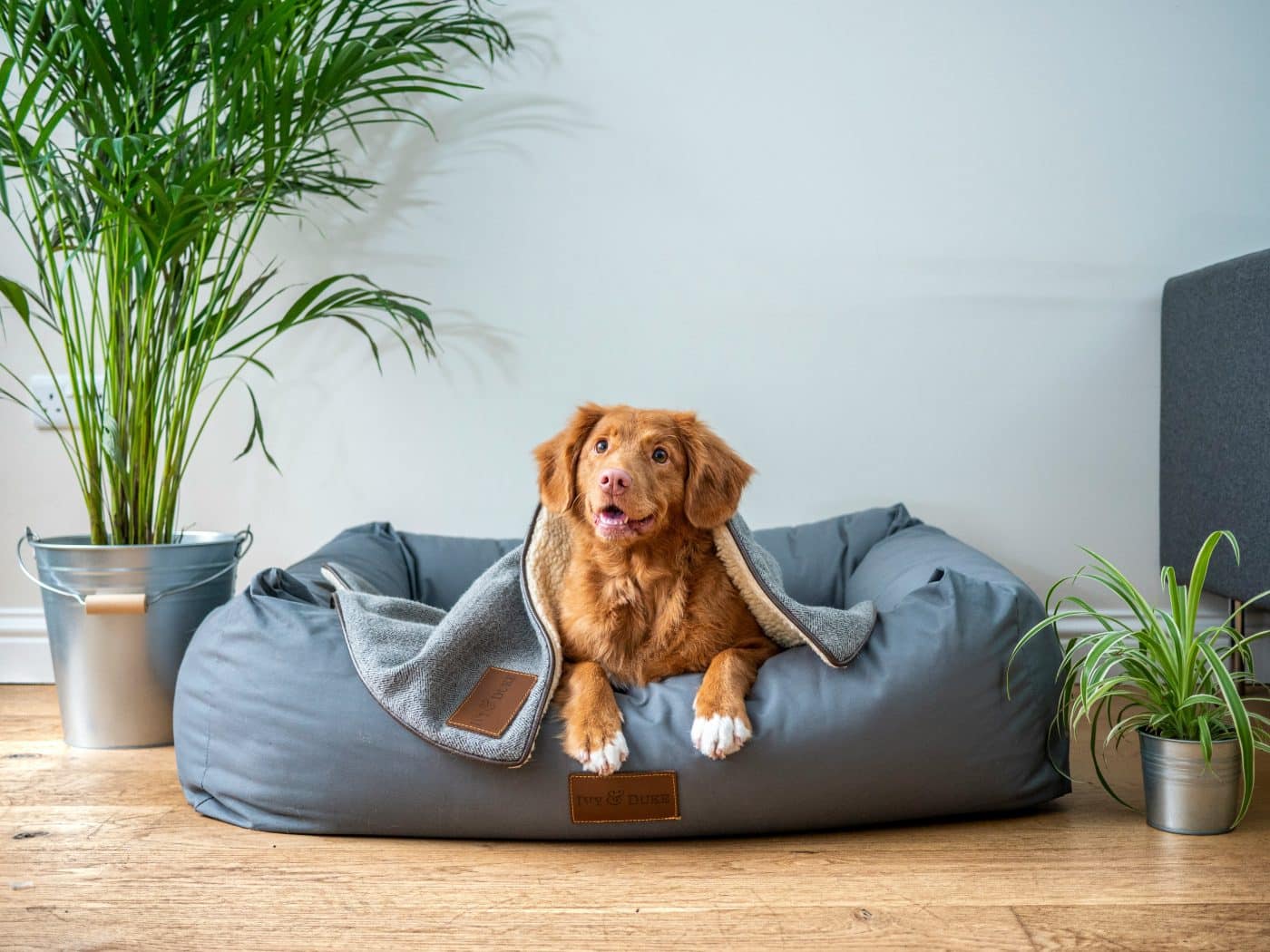
A warm and cozy bed is essential for keeping your dog comfortable indoors. Choose a bed with soft, insulating materials that help retain heat, especially if you have tile or hardwood floors that can get particularly cold. Adding a blanket or two to their bed can also help them snuggle up and stay warm. Elevated beds can be especially chilly during winter, so consider adding a layer of warmth underneath. Providing your dog with a snug sleeping area gives them a place to retreat when the weather is cold, ensuring they stay warm throughout the night.
Limit Time Outdoors
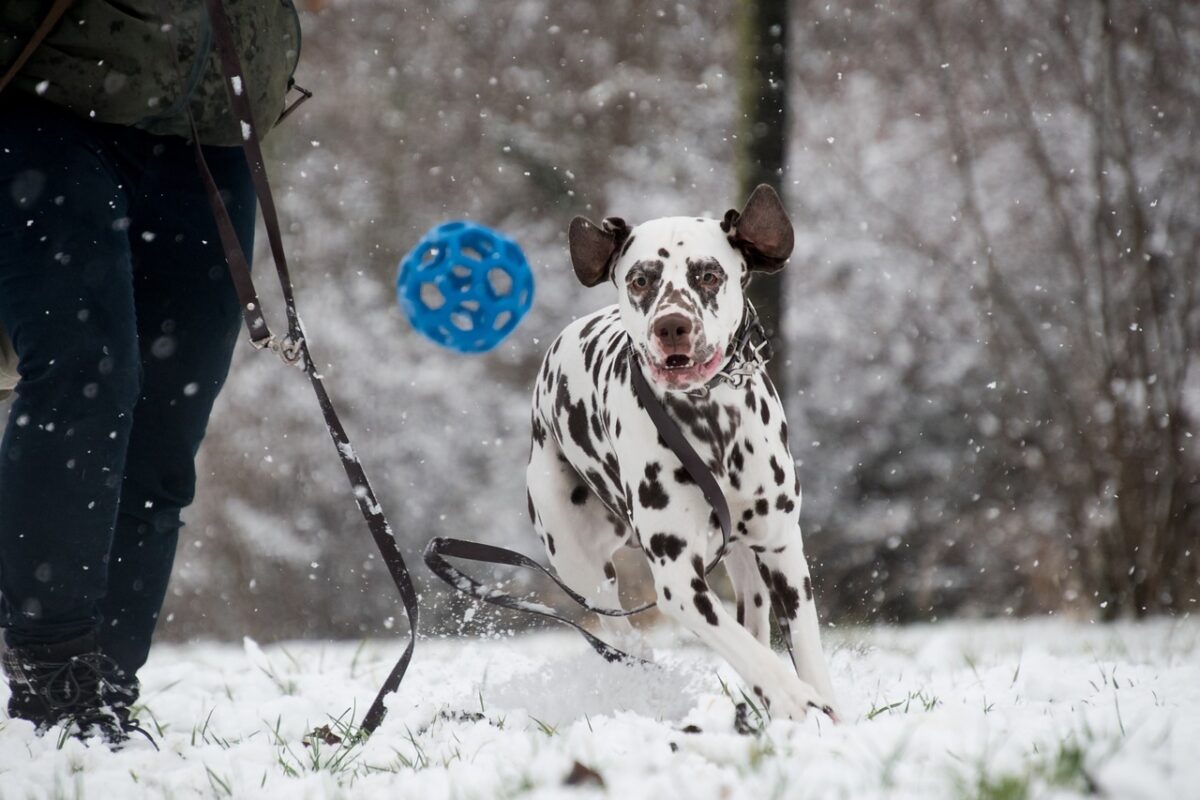
While dogs need exercise, it’s important to monitor how much time they spend outside during winter. Prolonged exposure to cold temperatures can lead to hypothermia and frostbite, particularly for short-haired or small breeds. Keep walks shorter and avoid letting your dog linger outside when it’s particularly frigid. For dogs who love the snow, consider multiple short trips rather than one long outing. Remember that even if they seem excited, they might not realize they’re getting too cold until it’s too late, so it’s up to you to set limits.
Protect Their Paws
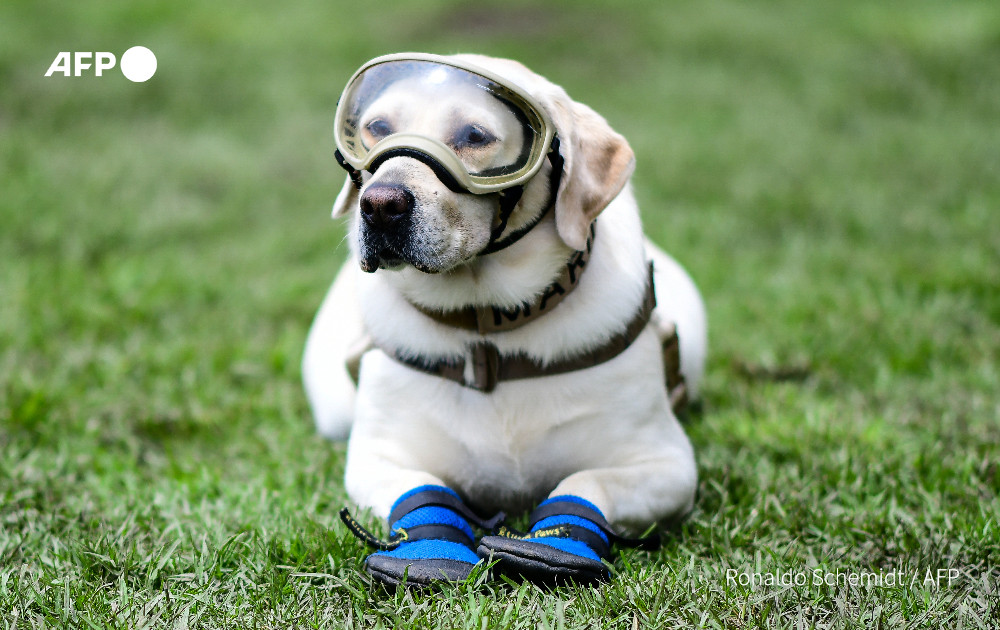
Cold weather can be tough on your dog’s paws, especially with the presence of ice, snow, and salt on sidewalks. Salt and ice can irritate their paw pads, leading to cracking, dryness, and pain. Using dog booties or paw balms can provide an extra layer of protection. Booties are especially effective in preventing injuries and keeping your dog’s paws dry, while balms create a protective barrier against cold and salt. If your dog isn’t a fan of booties, wiping their paws clean after walks can help remove salt and any debris that could irritate them.
Moisturize Skin and Paws
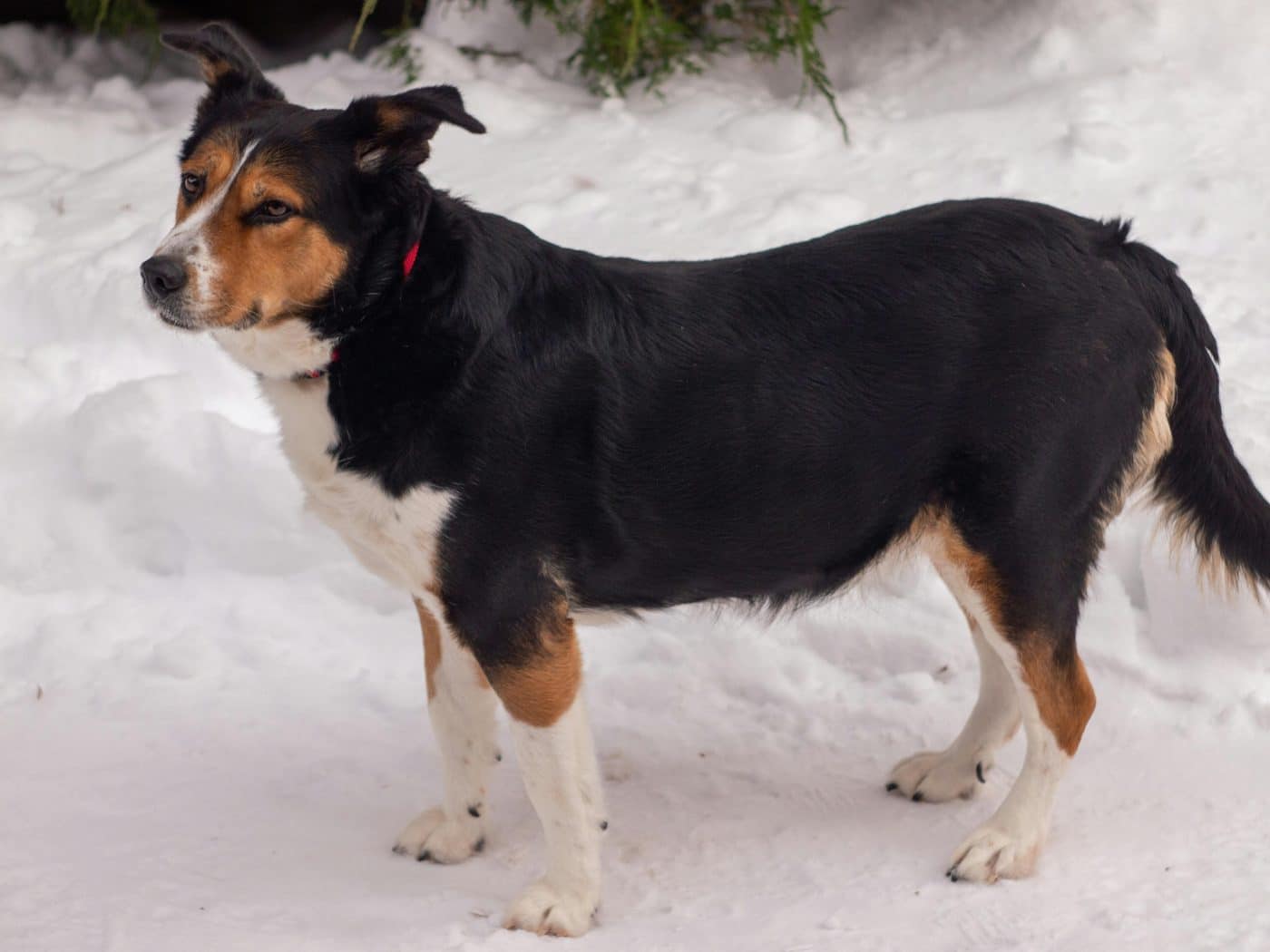
Winter air tends to be drier, which can lead to dry skin and cracked paw pads for dogs. Using a pet-safe moisturizer on your dog’s skin and paws can help prevent dryness and cracking. Look for products designed for pets, as human lotions may contain ingredients that aren’t safe for dogs. Regular moisturizing not only keeps their skin healthy but also improves their comfort during colder months. Pay special attention to their paw pads, as these areas can get particularly dry from exposure to cold surfaces.
Keep Bathing to a Minimum

Frequent baths can strip your dog’s skin of essential oils, which are particularly important during winter. Unless necessary, limit baths, and, when you do bathe your dog, use a gentle, moisturizing dog shampoo. After a bath, make sure they’re completely dry before going outside, as damp fur can make them feel colder. Some dogs have naturally dry skin, and reducing bath frequency can help maintain their coat’s health. Consider using dog wipes for cleaning to reduce the need for baths during colder months.
Monitor Their Weight
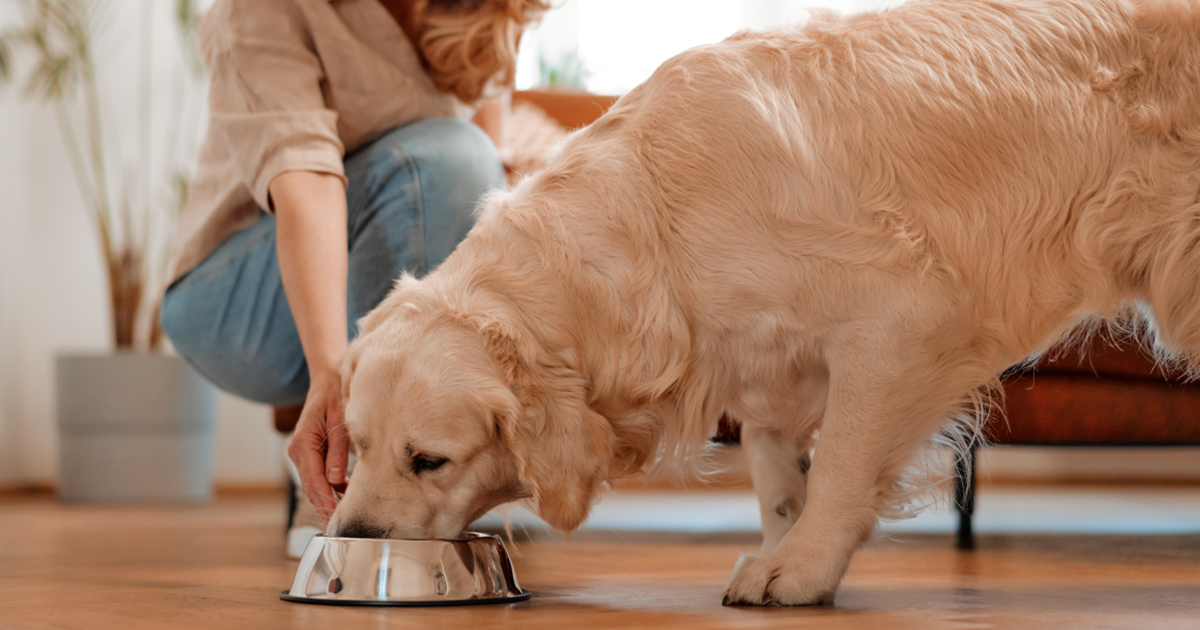
Maintaining a healthy weight is important for your dog’s warmth, as dogs with low body fat may feel the cold more intensely. While some extra weight can provide insulation, obesity can lead to health issues, so aim for a balanced approach. Feed your dog a diet suited to their needs, and consider consulting your vet if you’re unsure about winter nutrition. Dogs tend to be less active in winter, so monitoring their weight helps ensure they’re not gaining or losing too much. A healthy weight contributes to overall warmth without adding strain on the body.
Use Heated Accessories Wisely

There are various heated products available, like heated beds or pads, that can keep your dog extra cozy during winter. However, it’s essential to use these products safely and ensure they’re designed specifically for pets. Avoid products that could overheat, and always monitor your dog’s interaction with heated items. A mild, warm pad can be soothing for dogs, especially senior pets with arthritis. Just make sure they have the option to move off the heated accessory if they get too warm, as dogs can be sensitive to excessive heat.
Avoid Leaving Dogs in Cars
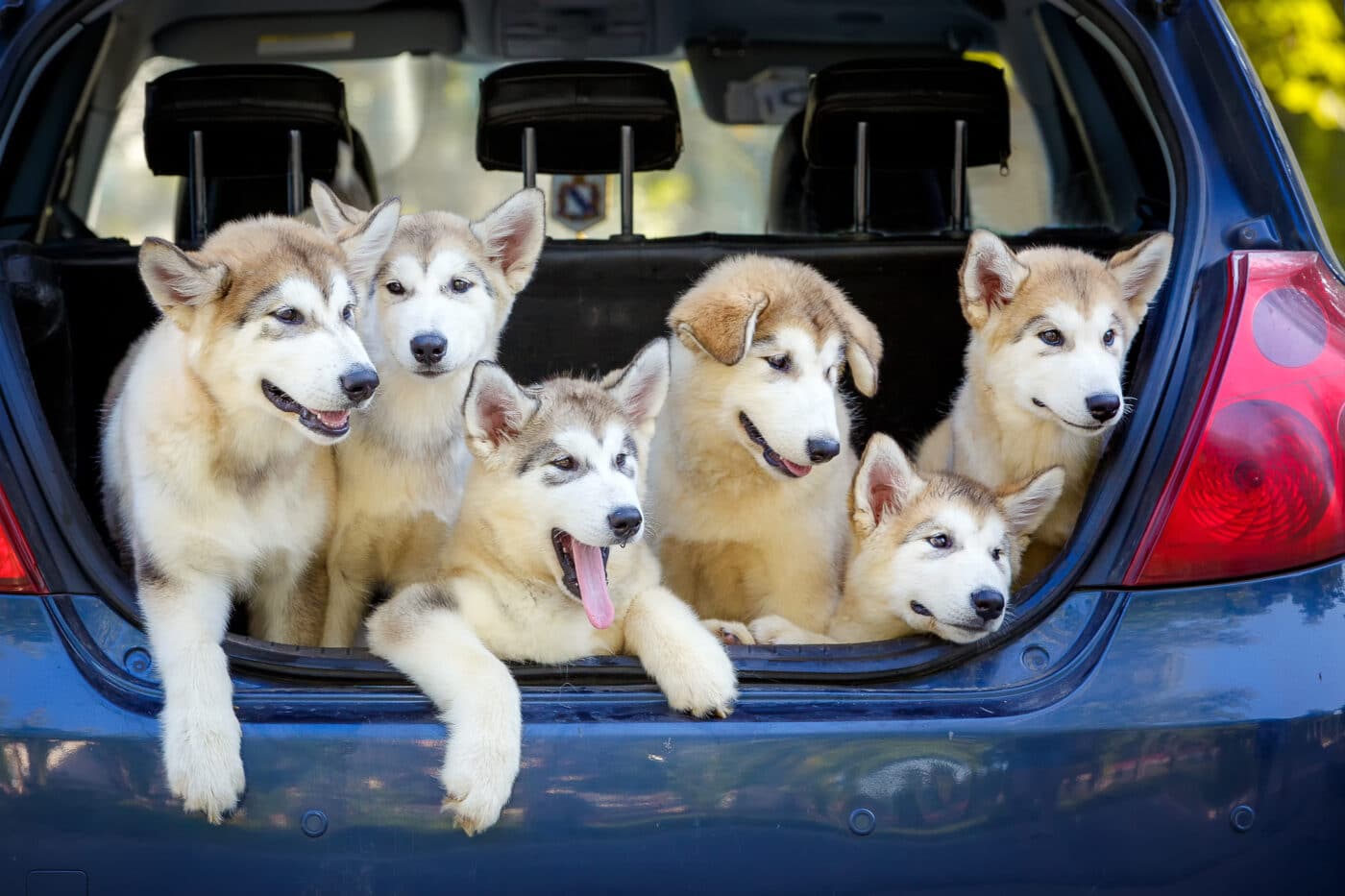
Just as hot cars can be dangerous in summer, cold cars can pose a serious risk in winter. The temperature inside a parked car can drop quickly, leaving your dog susceptible to hypothermia. If you’re running errands, it’s better to leave your dog at home where they’ll be safe and warm. If you must bring them along, consider having a warm blanket in the car and avoid leaving them alone for extended periods. This simple precaution ensures your dog isn’t exposed to cold temperatures in an enclosed, unheated space.
Adjust Their Grooming Routine
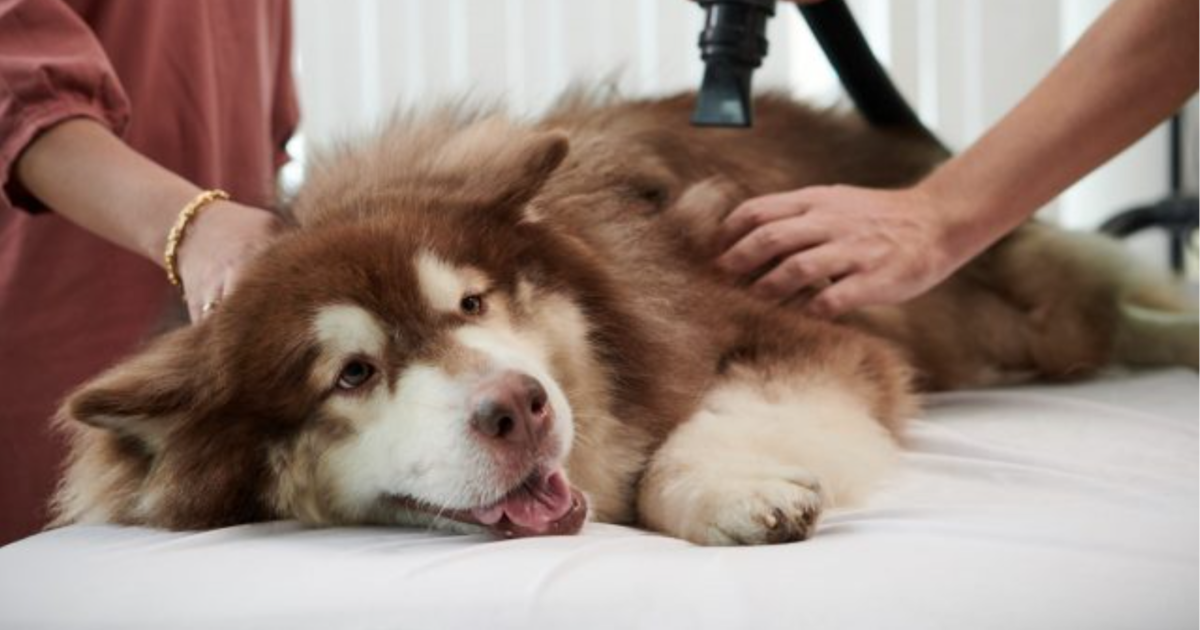
Trimming your dog’s coat during winter might be tempting for cleanliness, but it’s best to avoid close trims during the colder months. A dog’s coat acts as insulation, helping to retain body heat. For breeds that require regular grooming, consider leaving their coat slightly longer than usual. For dogs with naturally short fur, this is a great time to consider a doggy sweater or jacket. However, if your dog’s fur becomes matted, regular brushing can prevent mats that reduce the effectiveness of their natural insulation.
Hydrate, Hydrate, Hydrate
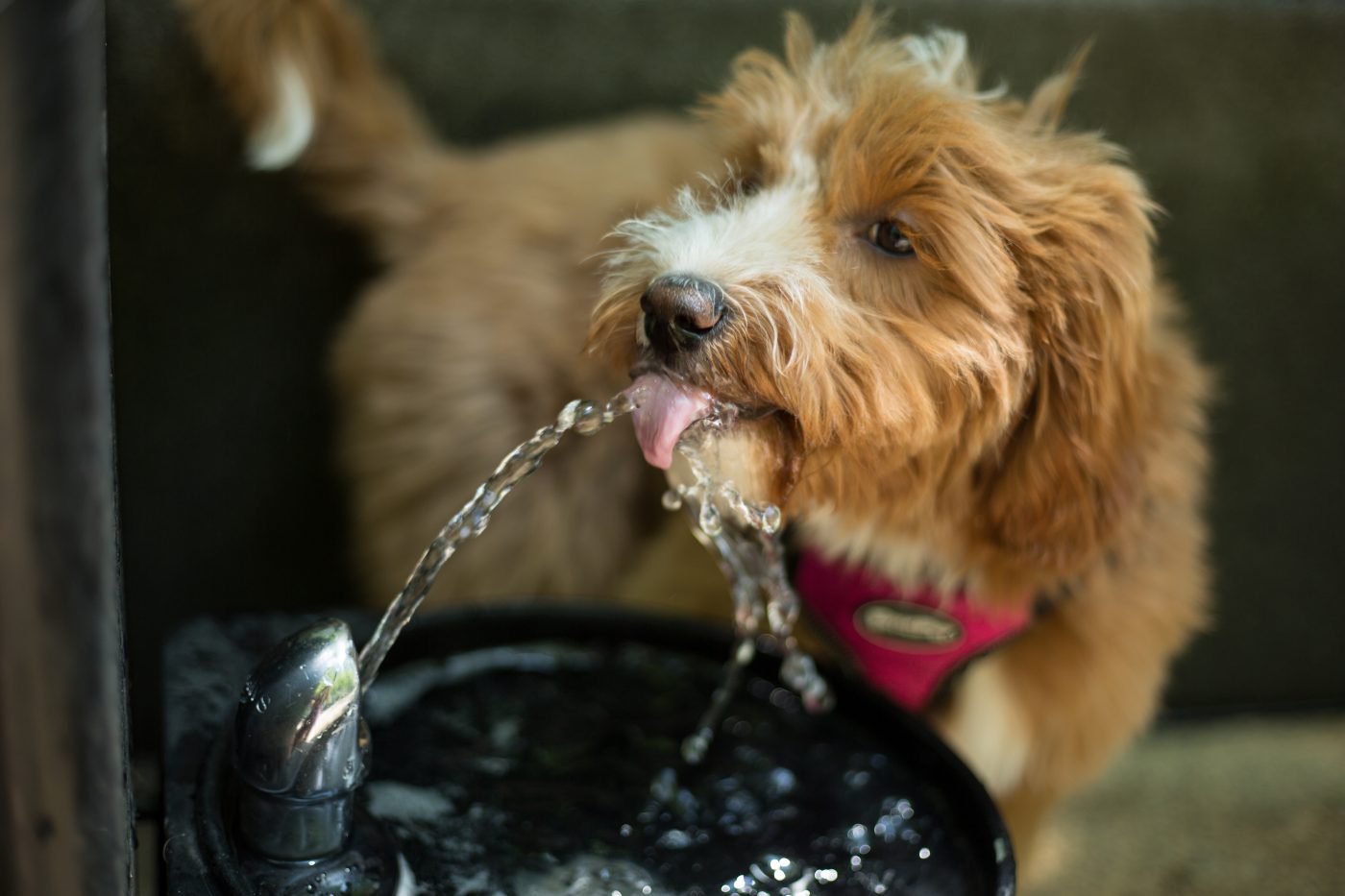
Winter dehydration is often overlooked, but it’s just as important as in summer. Cold, dry air can lead to dehydration, so make sure your dog has access to fresh water at all times. If your dog spends time outside, be aware that water can freeze, so using a heated water bowl can prevent this. Staying hydrated helps keep your dog’s energy levels up, ensuring they can regulate their body temperature effectively. Keeping water bowls full and fresh also encourages healthy skin and coats during the colder months.
Keep The Snow Angels Coming, But Watch The Noses!
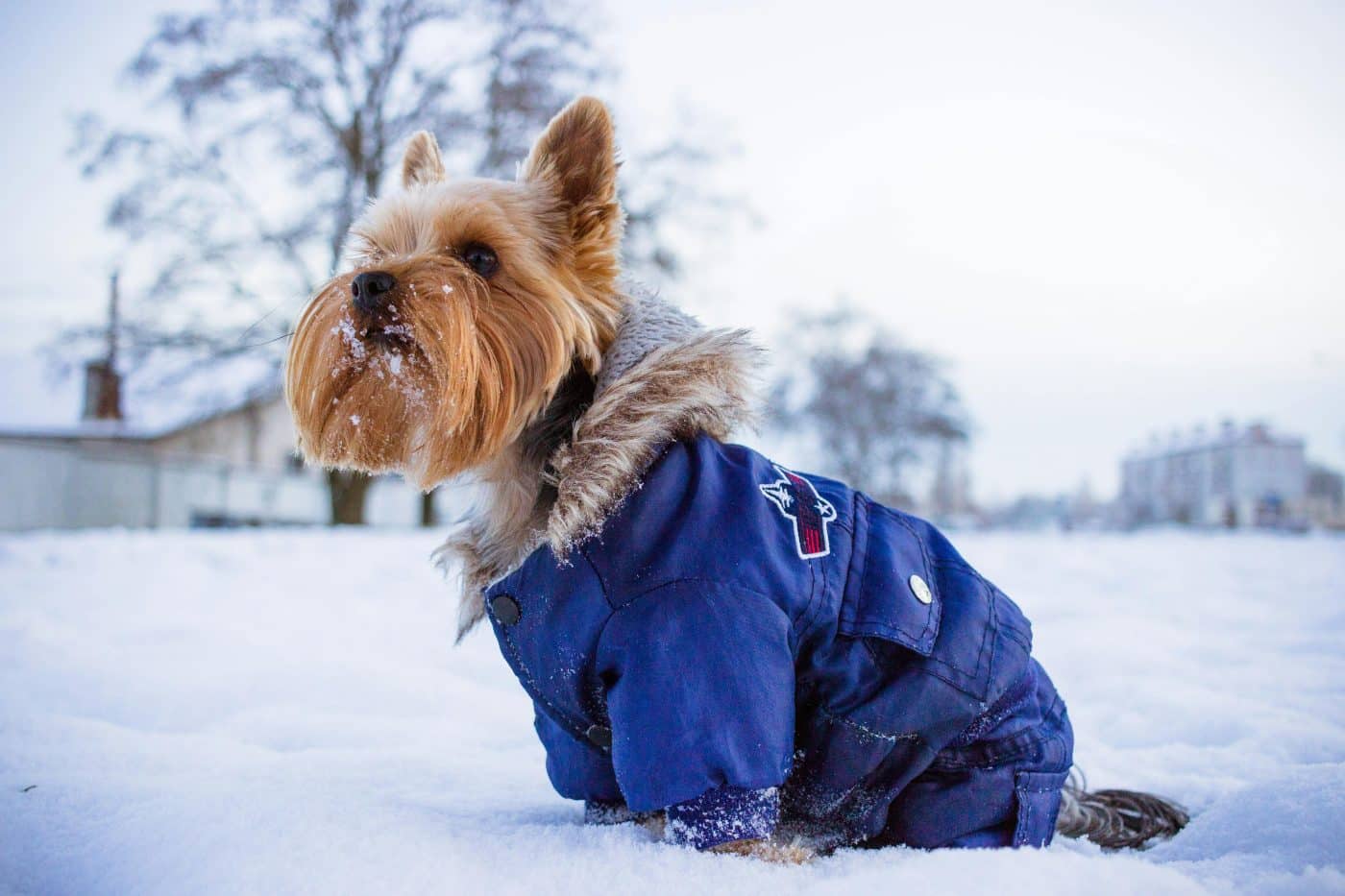
Winter brings a world of excitement for dogs—rolling in the snow, sniffing the crisp air, and bounding through frosty landscapes. But keeping them warm takes some extra effort. With a few simple steps, you can make sure your pup stays cozy and safe. So, bundle up, grab that doggy coat, and let the snow angels begin! Just keep an eye on those chilly noses, because when it comes to winter fun, your dog is ready to embrace every frosty adventure like a true snow-day pro!
The post 11 Things You Need To Know About Keeping Your Dog Warm This Winter appeared first on iHeartDogs.com.
